There are different types of woods available all over the world, and each type has unique and impressive characteristics to boast. Among these types is Basswood. What is Basswood? This isn’t the only question lingering in people’s minds. If you are also curious and interested in knowing more about Basswood, this comprehensive guide can help you. You can take time to learn more and use your knowledge to guide you accordingly in choosing the best wood for your project.
What is Basswood?
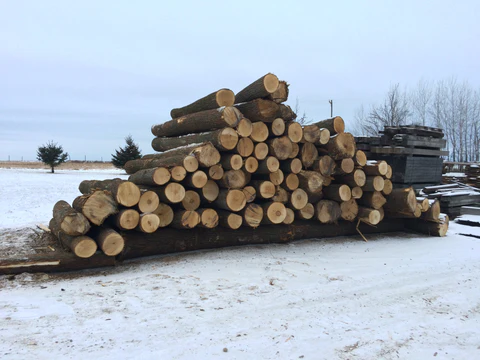
Basswood is a soft, light, and workable wood and one of the top choices among woodworkers seeking to produce lightweight and quality wood products easily and quickly. This finely grained and odorless wood has found its way to global commercial markets where large-scale operations involving woods take place.
Such operations include the creation of plywood, wood pulp, window shutters, musical instruments, blinds, and veneer. Basswood also remains one of the leading options for woodworkers who are into carving different sizes of objects and creating intricate and small puppets.
Basswood is a big deciduous tree that can reach a surprising and impressive size of between 20-40 meters in height. The basswood tree develops oblique-cordate leaves, and the tree can grow between 6-20 centimeters.
Basswood flowers develop an identical means for female and male parts, making Basswood hermaphroditic. If conditions are right, basswood trees can live long. The oldest surviving basswood tree is around 2000 years old.
Aside from producing exceptional woods, Basswood comes with other benefits, such as medicinal leaves and pollen that bees transform into the best honey. The wood’s bark is known for its internal fiber that can be extracted upon keeping it in the water. Collected fibers can be utilized for several purposes, such as weaving clothing.
Basswood’s Unique Characteristics
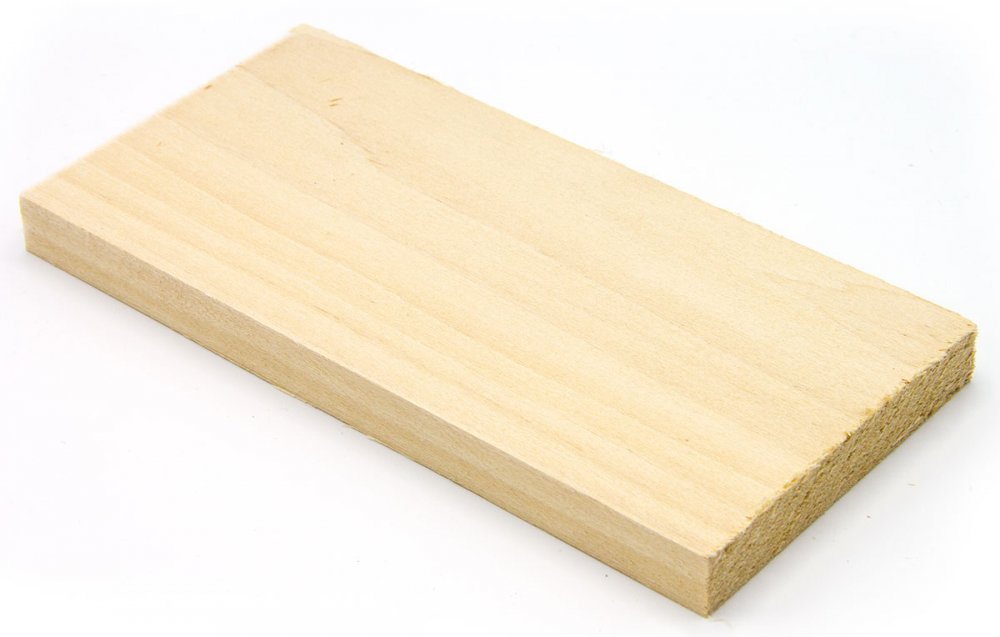
Basswood is light and softwood that’s easy to work with. This is top-choice lumber when producing quality yet lightweight wood products. Basswood is recognized well in the commercial space due to its finely grained and odorless qualities. This wood is non-durable in terms of heartwood decay and perfectly suits hand carvings since these glues and finishes nicely. But it’s worth noting that Basswood has a poor steam building and nail holding qualities.
This wood doesn’t have an odor and no health reactions associated with it. Basswood dries quickly, and once it dries, it becomes more stable. However, there are instances when the wood shows shrinkage when undergoing the drying process.
Basswood’s Working Properties
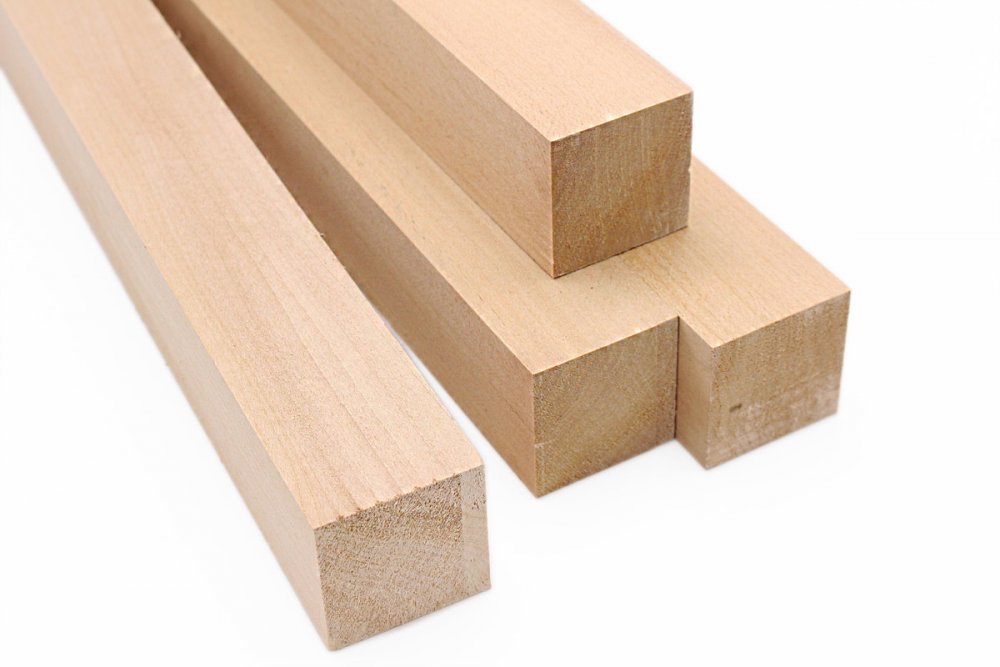
When utilizing appliances and tools when working with Basswood, you’ll see for yourself that this woodcut is pretty straightforward. Basswood often provides a smooth finish and gives off medium luster and shine. But using sharp tools isn’t advised because this can result in the wood’s dulling.
This wood comes in a light color and could result in blotches so staining can be challenging. There’s a solution to this and that using wood conditioner. This will be a great help if you plan basswood staining. This wood takes latex paint pretty well and is indeed an easy to paint type of wood. It would also be best to learn about pre-treatments before painting your Basswood.
Uses of Basswood?
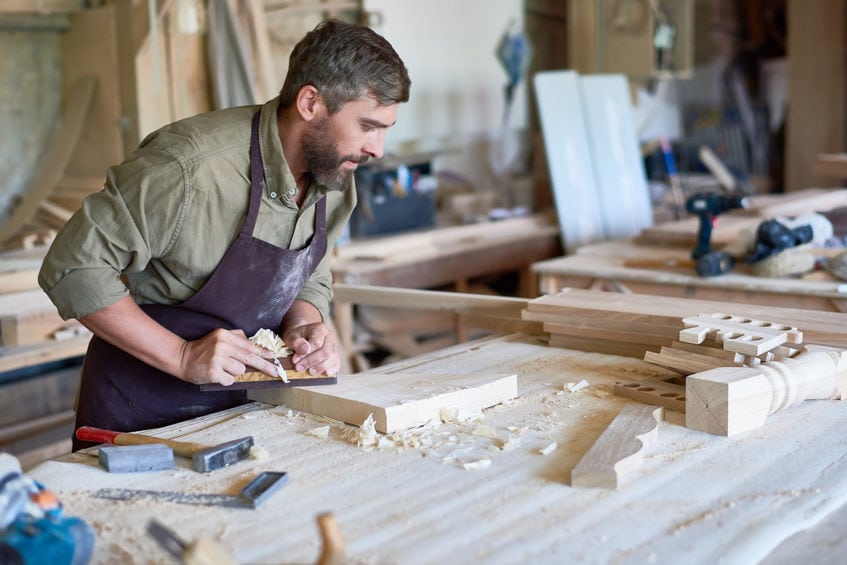
Asking a question like “what is basswood?” isn’t enough. You better ask, “what are the common uses of basswood?”. This wood is commonly used to produce fiber products, blinds, shutters, veneers, plywood, etc. The uses of this wood are divided into two categories-small scale and commercial scale.
On the other hand, woodworkers found this wood ideal for intricate carvings production, model building, puppet making, and statues. Basswood’s excellent acoustic qualities make this a top choice of wood used to create guitars and guitar bodies, wind instruments, drum shells, recorders, etc.
The following are other known uses of Basswood:
- Lumber
- Marionette
- Aquarium accessory
- Food containers
- Boxes
- Picture frames
- Handles
- Trim works
The Advantages and Disadvantages of Basswood
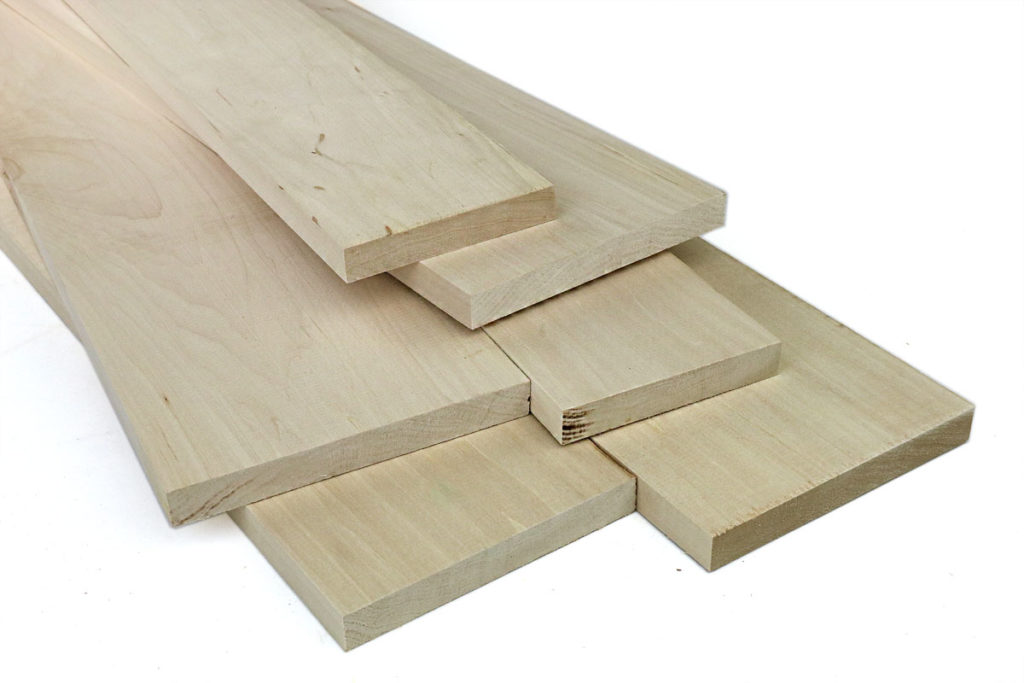
Basswood is great for molding and carving. As we all know, light and softwood are imperative to provide the desired pattern. Basswood’s grain pattern plays an essential role in carving since straight grain can be easily carved. Aside from these pieces of information, there are still many more interesting things to learn about Basswood, including its pros and cons.
Pros:
Aside from producing quality woods, Basswood also comes with other fantastic benefits on the side. The pros of Basswood include but are not limited to the following:
- Softness-basswood is soft and light with fine grain
- Smooth surface-this wood also guarantees a smooth surface that can easily be obtained through staining, sanding, and polishing. These are good qualities for furniture making
- Workability-basswood guarantees excellent workability so expect this wood to be easy to work with for all your woodworking projects.
- Appearance-Basswood gives off a stunning appearance with its white to light brown hue
- Availability-This wood is readily available and easily accessible at wood and craft stores.
- Resistant to warping and sturdy-basswood isn’t easily affected by water and heat, which means this can be utilized in areas where you think other woods won’t work well.
- Natural strength-basswood displays significant natural strength. This bends easily and looks nice too.
Cons:
The enormous benefits of Basswood can’t be denied, but this type of wood also has some disadvantages, such as:
- Issues on external uses-Basswood are sometimes not suited for outdoor uses
- Rot resistance-Basswood isn’t rot-resistant and begins rotting when it comes in contact with soil and moisture.
- Strength-the wood is known for its low-strength properties, so it cannot really handle heavyweight
Conclusion
Basswood is excellent for numerous woodcarvers and different applications. This wood is fine and soft, and its texture makes it easy to work with. Its color doesn’t really detract from the finished products’ carved patterns.
Basswood also has impressive characteristics and working properties. It can’t be denied that Basswood has some flaws, but the strong points of this wood outweigh the number of its weak points. This wood’s benefits contribute to its high demand and popularity these days. All the information provided will make you get yourself familiar with Basswood and appreciate its excellent uses and benefits.
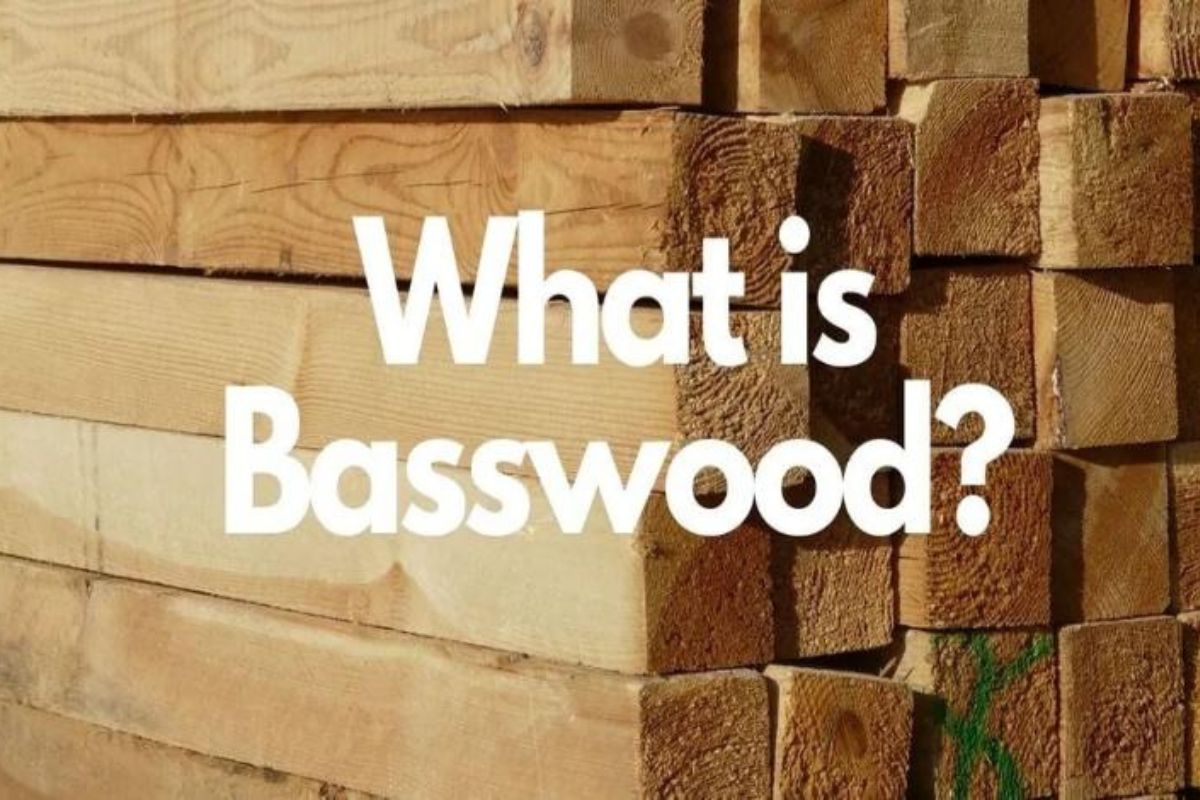
Leave a Reply